Got an oily skin type? Don’t worry, you’re not alone! You’re probably tired of dealing with shiny pores and constant breakouts. But, help is here! By following a simple skincare routine, you can say goodbye to excess oil and hello to a flawless complexion. You’ll learn how to tackle your oily skin concerns and achieve the glowing skin you’ve always wanted, so get ready to take control of your skin!
Table of Contents
Key Takeaways: Steps For A Skincare Routine To Tackle Oily Skin Concerns
To tackle oily skin concerns, consider the following steps for a skincare routine:
- Start with a gentle cleanser that effectively removes dirt and excess oil without stripping the skin of its natural moisture, ideally containing salicylic acid or glycolic acid to help exfoliate the skin.
- Use a toner that helps balance the skin’s pH level and tightens pores, reducing the appearance of oiliness and shine.
- Apply a spot treatment containing tea tree oil or benzoyl peroxide to target specific areas of congestion and oiliness, helping to reduce inflammation and prevent further breakouts.
- Incorporate a clay-based mask once or twice a week to deeply cleanse and purify the skin, drawing out excess oil and impurities from the pores.
- Choose a lightweight moisturizer that is labeled non-comedogenic or oil-free, providing hydration without clogging pores or exacerbating oiliness.
- Exfoliate regularly using a chemical exfoliant or a physical exfoliant to remove dead skin cells and unclog pores, promoting a smoother, more even-toned complexion.
- Maintain a consistent skincare routine and be patient, as it may take some time to see noticeable improvements in oily skin concerns, such as reduced shine and fewer breakouts.
Understanding Oily Skin
For those struggling with oily skin, it’s important to understand the underlying causes and complexities of this common skin concern. You may be wondering what makes your skin produce excess oil, and how you can tackle this issue. To start, let’s break down the different types of oily skin concerns you may be experiencing.

Types of oily skin concerns
You’ll notice that your skin can be affected in various ways, including shininess, breakouts, and clogged pores. Here are some key points to consider:
- Your skin type can play a significant role in determining your oily skin concerns
- Genetics can also influence your skin’s oil production
- Environmental factors such as humidity and temperature can exacerbate oily skin
- Your lifestyle choices, including diet and skincare routine, can also impact your skin
- Hormonal changes can cause fluctuations in oil production
Concerns about oily skin can be addressed by understanding the underlying causes, and Perceiving the right treatment options is key to achieving healthy, balanced skin.
| Concerns | Solutions |
|---|---|
| Excess oil production | Use oil-control products |
| Clogged pores | Exfoliate regularly |
| Breakouts | Use non-comedogenic products |
| Shininess | Use a matte finish moisturizer |
| Acne | Consult a dermatologist |
Factors that contribute to oily skin
Now that you have a better understanding of the types of oily skin concerns, let’s examine the factors that contribute to oily skin. You’ll find that your hormones, genetics, and environment all play a role in determining your skin’s oil production. Here are some key factors to consider:
- Diet can impact your skin’s health, with foods high in sugar and dairy potentially exacerbating oily skin
- Stress can cause hormonal imbalances, leading to increased oil production
- Poor skincare routine can clog pores and lead to breakouts
- Medications such as steroids and testosterone can increase oil production
- Aging can cause a decrease in skin elasticity, leading to more noticeable oil production
Thou can take control of your oily skin by making informed decisions about your lifestyle and skincare routine.
A number of factors can contribute to oily skin, including heredity, hormonal fluctuations, and environmental factors. You should consider the following:
- Keep your skin clean by washing your face twice a day
- Use oil-control products to help regulate oil production
- Exfoliate regularly to remove dead skin cells and unclog pores
- Stay hydrated by drinking plenty of water to flush out toxins
- Avoid picking or popping pimples as this can lead to further inflammation and scarring
Thou can achieve healthy, balanced skin by making informed decisions about your lifestyle and skincare routine, and by being consistent in your efforts to control oily skin.
Preparing for a Skincare Routine
Assuming you’re ready to tackle your oily skin concerns, the first step is to understand that everyone’s skin is different, and what works for someone else may not work for you. You need to identify your skin type and concerns to develop a personalized skincare routine. For you to achieve the best results, you should start by assessing your skin and lifestyle habits that may be contributing to your oily skin.
For further guidance, consider the following
Essential tips for tackling oily skin
:
- Use oil-free products to reduce clogged pores and minimize shine.
- Wash your face twice a day to keep your skin clean and balanced.
- Exfoliate once or twice a week to remove dead skin cells and unclog pores.
You should also be aware of the ingredients in your skincare products and look for natural ingredients that are gentle on your skin. Recognizing the importance of patience and consistency in your skincare routine will help you achieve the best results.
Setting realistic expectations
Essentially, you need to understand that skincare is a journey, and it may take some time to see noticeable results. You should set achievable goals and be patient with your skin. Setting realistic expectations will help you avoid disappointment and stay motivated to continue your skincare routine.
Skin is a complex organ, and it’s affected by many factors, including hormones, environment, and genetics. By understanding these factors and taking a holistic approach to your skincare, you can achieve healthy and balanced skin. You should focus on progress, not perfection, and celebrate small victories along the way, which will help you stay positive and committed to your skincare routine.
Step-by-Step Skincare Guide
To tackle oily skin concerns, you need a consistent skincare routine that addresses your specific skin type. You’ll want to focus on products and techniques that help control sebum production and minimize pore size. Here’s a breakdown of the steps you can follow:
| Step | Product/Technique |
|---|---|
| Cleanse | Gentle foam cleanser or micellar water |
| Exfoliate | Alpha-hydroxy acids (AHAs) or beta-hydroxy acids (BHAs) |
| Tone | Witch hazel or tea tree oil |
You’ll notice that these steps are designed to help you achieve a balanced skin pH and reduce oil production, which are important for managing oily skin.
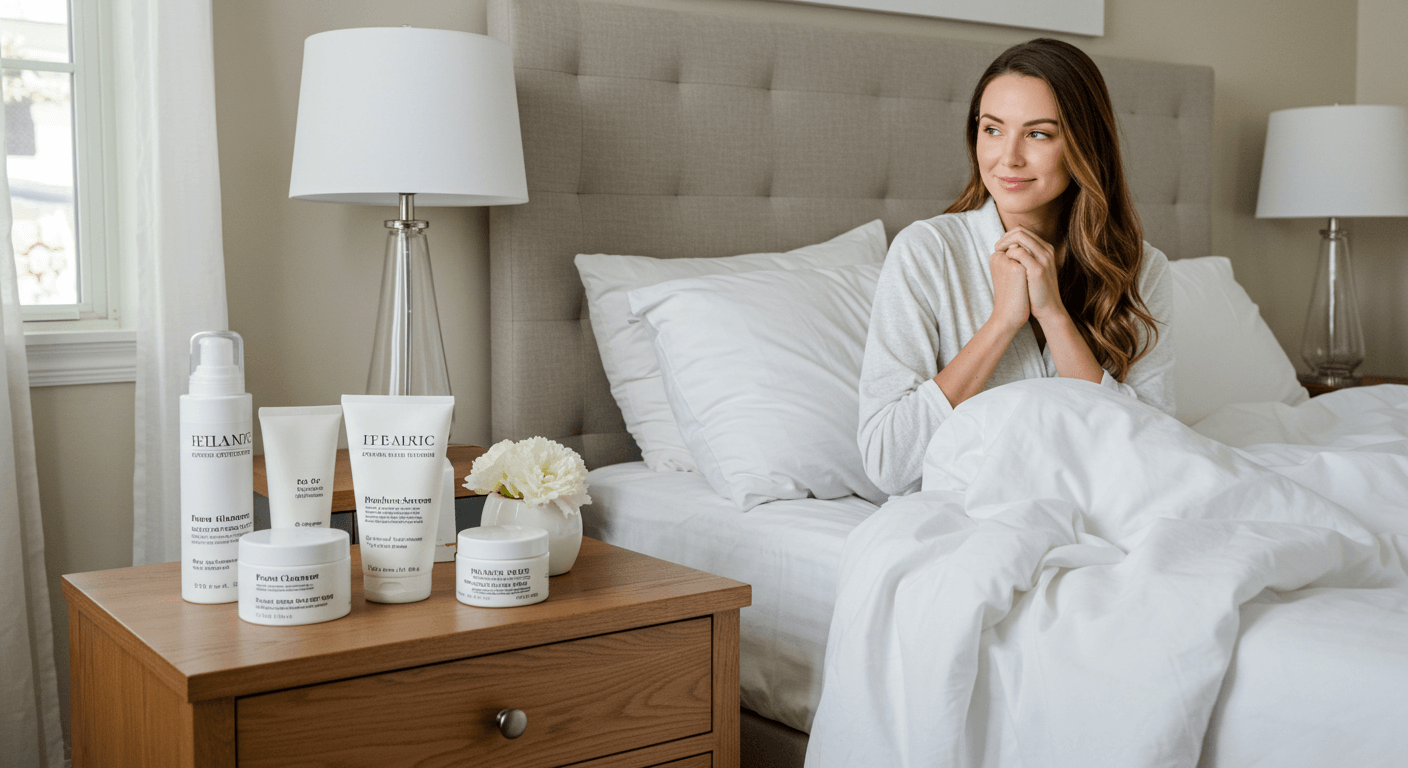
Morning routine for oily skin
Now that you have a sense of the overall steps, let’s investigate the morning routine. You’ll want to start by washing your face with a gentle foam cleanser that effectively removes dirt and impurities without stripping your skin of its natural oils. Next, apply a lightweight moisturizer that won’t clog your pores or exacerbate oiliness. Be sure to choose a non-comedogenic product that is labeled “oil-free” or “non-acnegenic” to minimize the risk of clogged pores and breakouts. By following this routine, you’ll be able to keep your skin fresh and balanced throughout the day.
Nighttime routine for oily skin
Assuming you’ve had a long day and your skin has accumulated dirt and impurities, it’s time to give your skin some extra TLC. You’ll want to start by using a gentle cleanser to remove makeup and impurities, followed by a toner to help balance your skin’s pH. Then, apply a spot treatment containing salicylic acid or tea tree oil to target any acne or blackheads. Don’t forget to apply a lightweight moisturizer to help hydrate and nourish your skin while you sleep.
For instance, if you have persistent acne or hyper-pigmentation, you may want to consider adding a serum or treatment product to your nighttime routine. This could be a retinol or vitamin C serum that helps to brighten and even out your skin tone, or a spot treatment that contains sulfur or benzoyl peroxide to help dry out pimples and reduce inflammation. By incorporating these products into your routine, you’ll be able to tackle stubborn skin concerns and wake up to healthier, more radiant skin.
Product Selection and Usage
Despite the numerous skincare products available, finding the right ones for your oily skin can be a daunting task. You’ll want to look for products that are labeled “non-comedogenic” or “oil-free” to minimize clogged pores and reduce the appearance of shine. Be cautious of products containing harsh chemicals that can strip your skin of its natural oils, leading to even more oil production. Instead, opt for products with natural ingredients that balance and regulate your skin’s oil production.
When choosing products, consider your specific skin concerns, such as acne, blackheads, or large pores. Look for products containing salicylic acid or glycolic acid, which can help exfoliate and unclog pores. You should also consider your skin type, whether it’s sensitive, combination, or extremely oily, to ensure you’re using products that cater to your skin’s unique needs. By choosing the right products, you’ll be one step closer to achieving a balanced and healthy complexion.
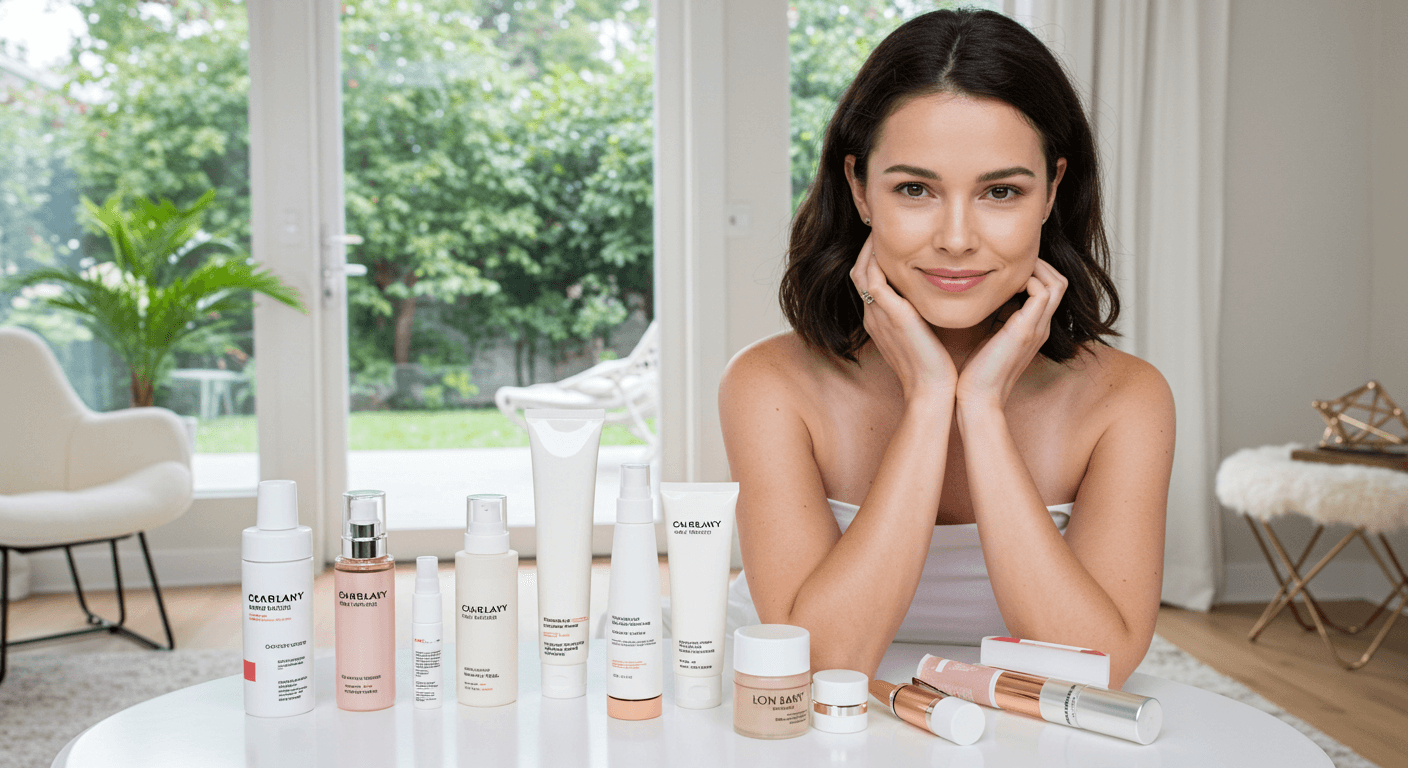
Choosing the right products for oily skin
Oilily, the skin can be quite temperamental, so it’s necessary to find products that work in harmony with your skin. You’ll want to avoid products that are too rich or heavy, as they can clog pores and exacerbate oil production. Instead, look for lightweight, oil-free moisturizers that won’t weigh your skin down. Consider using a clay-based mask once or twice a week to help absorb excess oil and purify your pores.
Additionally, you may want to consider using products containing tea tree oil or niacinamide, which have been shown to have anti-inflammatory properties and can help reduce the appearance of acne and redness. By choosing products that are tailored to your oily skin, you’ll be able to effectively control oil production and achieve a more balanced complexion.
How to use products effectively
Now, that you’ve selected the right products for your oily skin, it’s time to learn how to use them effectively. You’ll want to start by cleansing your skin thoroughly, using a gentle cleanser that won’t strip your skin of its natural oils. Be sure to exfoliate regularly to remove dead skin cells and unclog pores, and follow up with a toner to help balance your skin’s pH.
A thorough skincare routine, combined with the right products, can make all the difference in tackling oily skin concerns. By using products consistently and as directed, you’ll be able to regulate oil production, reduce acne, and achieve a healthier, more balanced complexion. Be patient, as it may take some time to see results, but with the right products and a consistent routine, you’ll be on your way to flawless, oil-free skin in no time.
Lifestyle Factors to Consider
Now that you’re on the path to tackling your oily skin concerns, it’s time to take a closer look at your lifestyle habits. You see, your daily routine and environment can either help or hinder your skincare efforts. To get the best results, you’ll want to consider a few key factors, such as your diet, stress levels, and sleep schedule. Here are a few things to keep in mind:
- Stay hydrated by drinking plenty of water throughout the day
- Get enough sleep each night to help your skin regenerate
- Try to manage your stress levels through exercise or meditation
Perceiving how your lifestyle choices impact your skin is the first step towards making positive changes.
As you start to make adjustments to your daily routine, you’ll begin to notice a significant difference in the overall health and appearance of your skin. You’ll be able to better control your oil production and reduce the appearance of pores. This, in turn, will give you a more even-toned and radiant complexion. By taking the time to evaluate your lifestyle habits, you’ll be well on your way to achieving the glowing skin you’ve always wanted.

Dietary changes to help oily skin
Any significant changes you make to your diet can have a lasting impact on your skin. You should try to focus on eating a balanced diet that’s rich in fruits, vegetables, and whole grains. Avoid foods that are high in sugar and salt, as they can cause inflammation and lead to oil production. By making a few simple adjustments to your eating habits, you can help to regulate your skin’s natural pH balance and reduce the appearance of acne.
Aside from making dietary changes, you should also consider keeping a food diary to track any potential food triggers that may be affecting your skin. This will help you to identify any patterns or correlations between the foods you eat and the health of your skin. By being more mindful of your eating habits, you’ll be better equipped to make informed decisions about your diet and lifestyle.
Environmental factors that affect oily skin
You probably don’t realize just how much your environment can impact your skin. You’re constantly surrounded by pollutants and toxins that can clog your pores and cause oil buildup. Here are a few environmental factors to consider:
- Air pollution can cause inflammation and lead to premature aging
- Humidity can exacerbate oil production and lead to acne
- Harsh skincare products can strip your skin of its natural moisture and cause irritation
The key to minimizing the negative effects of these environmental factors is to be proactive and take steps to protect your skin.
That being said, it’s not all doom and gloom. There are plenty of things you can do to protect your skin from environmental stressors. Here are a few tips:
- Use a moisturizer that contains antioxidants to help combat free radicals
- Wear protective clothing and seek shade when spending time outdoors
- Avoid using harsh skincare products that can strip your skin of its natural moisture
The most important thing you can do is to be consistent in your skincare routine and take a holistic approach to achieving healthy, glowing skin.
Weighing the Pros and Cons
Keep in mind that every skincare routine has its advantages and disadvantages, and it’s imperative to consider them before making any decisions. Regarding tackling oily skin concerns, you need to weigh the pros and cons of different products and techniques to find what works best for your skin. Here’s a breakdown of some common pros and cons to consider:
| Pros | Cons |
|---|---|
| Reduced acne and breakouts | Expensive products |
| Improved skin texture and tone | Potential skin irritation |
| Minimized pores | Time-consuming routine |
| Effective oil control | Dryness and flakiness |
| Enhanced skin elasticity | Not suitable for all skin types |
| Anti-aging benefits | Over-exfoliation |
| Brighter and more even complexion | Sensitivity to certain ingredients |
| Improved overall skin health | Product buildup and clogged pores |
As you can see, there are several pros and cons to consider when it comes to tackling oily skin concerns. By weighing these points, you can make informed decisions about your skincare routine and find the best approach for your skin.
While it’s easy to get caught up in the latest skincare trends, it’s imperative to focus on finding a routine that works for you and your unique skin concerns. Don’t be afraid to experiment and try out new products and techniques – but always patch test and start slowly to avoid any adverse reactions. By taking the time to weigh the pros and cons and finding a routine that works for you, you can achieve healthy, balanced, and radiant skin that makes you feel confident and beautiful.
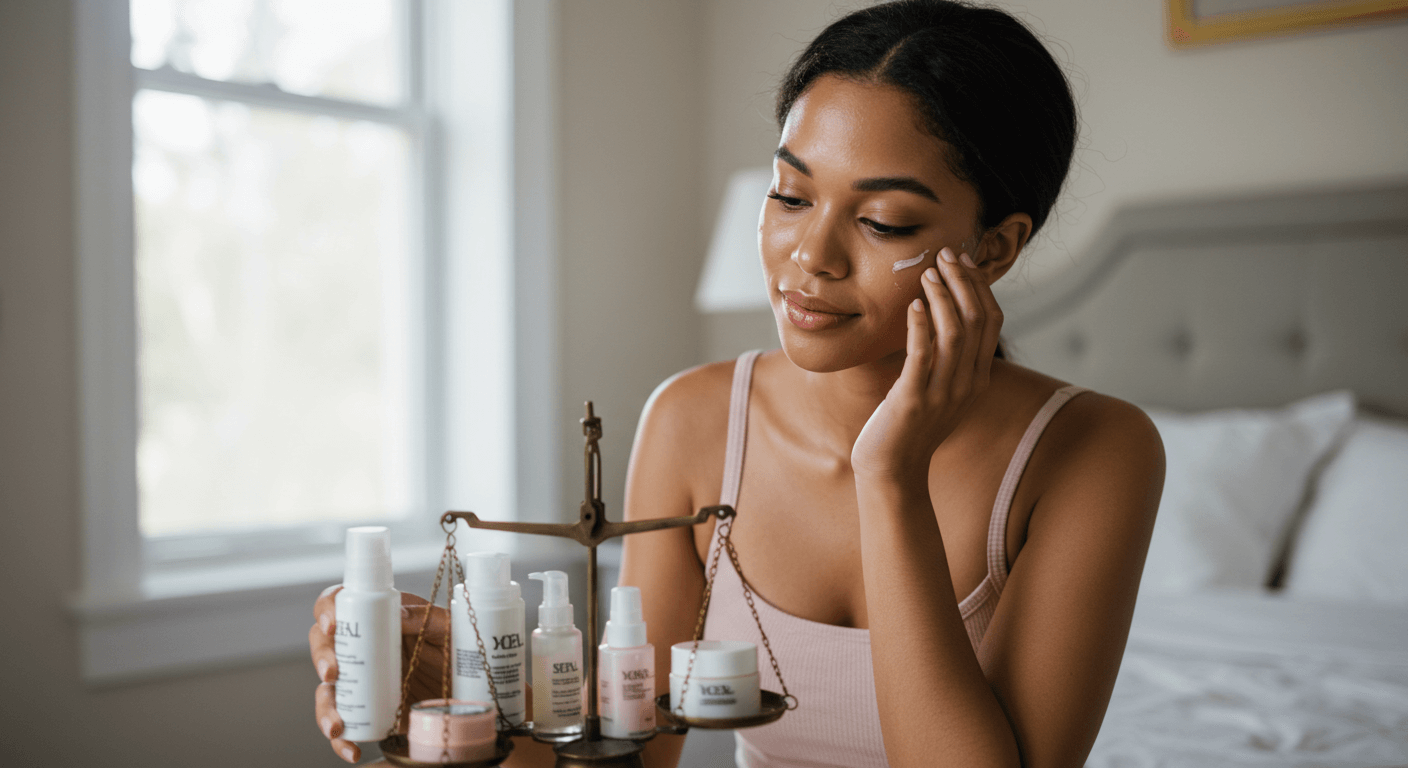
Benefits of a consistent skincare routine
While having a consistent skincare routine may seem like a daunting task, it can have a significant impact on the health and appearance of your skin. By sticking to a routine, you can regulate your skin’s natural oils, reduce the appearance of pores, and minimize breakouts. Additionally, a consistent routine can help you develop healthy habits and stay on top of your skin’s changing needs.
While it may take some time to see the full benefits of a consistent skincare routine, it’s worth the effort. By committing to a routine and sticking to it, you can achieve long-term results and enjoy healthy, glowing skin that makes you feel confident and beautiful. So, don’t be discouraged if you don’t see immediate results – keep at it, and your skin will thank you.
Common mistakes to avoid in skincare
There’s no denying that skincare can be a complex and overwhelming world, especially when it comes to tackling oily skin concerns. With so many products and techniques to choose from, it’s easy to make mistakes that can exacerbate your skin issues. Some common mistakes to avoid include over-exfoliating, using the wrong products for your skin type, and not moisturizing enough.
There’s a fine line between effective skincare and overdoing it. Regarding tackling oily skin concerns, it’s imperative to find a balance between controlling oil production and not stripping your skin of its natural oils. By being mindful of your skin’s unique needs and avoiding common mistakes, you can achieve healthy, balanced skin that looks and feels its best.
Routine is key when it comes to maintaining healthy skin. By establishing a consistent routine and sticking to it, you can regulate your skin’s natural oils, reduce the appearance of pores, and minimize breakouts. Don’t be afraid to seek advice from a dermatologist or skincare professional if you’re unsure about your routine or have persistent skin concerns – they can help you develop a personalized plan that addresses your unique skin needs and helps you achieve the best possible results.
Conclusion
Ultimately, you’ve made it to the final step in tackling your oily skin concerns, and it’s time to put all the pieces together. You’ve learned about the importance of double-cleansing, exfoliating, and moisturizing to keep your skin balanced and healthy. Now, it’s up to you to commit to a consistent skincare routine that addresses your specific skin type and concerns. By following these steps and being patient with your skin, you’ll be on your way to achieving a radiant and balanced complexion that you’ll love.
As you continue on your skincare journey, you can stay informed about the best practices for oily skin by checking out resources like Essential Skincare Routine for Oily Skin: Steps to Achieve a Balanced Complexion. You’ll find tips, tricks, and product recommendations tailored to your skin type, helping you to fine-tune your routine and address any new concerns that may arise. With time and effort, you’ll become a skincare pro, and your skin will thank you for it. So, go ahead and take control of your skincare, and get ready to glow with a balanced and healthy complexion that makes you feel confident and beautiful.
FAQ:
Q: What are the initial steps for a skincare routine to tackle oily skin concerns?
A: To start, it’s important to cleanse your face twice a day with a gentle, oil-free cleanser that suits your skin type. This helps in removing dirt and excess oil without stripping your skin of its natural moisture. After cleansing, use a toner to balance your skin’s pH and tighten pores, which can help reduce oil production. Lastly, apply a lightweight, oil-free moisturizer to hydrate your skin without clogging pores.
Q: How can exfoliation help in tackling oily skin concerns?
A: Exfoliation is a key step in managing oily skin as it helps remove dead skin cells and unclog pores, which can reduce the appearance of acne and blackheads. Use a chemical exfoliant containing alpha-hydroxy acids (AHAs) or beta-hydroxy acids (BHAs) one to three times a week, depending on your skin’s sensitivity. Physical exfoliants like scrubs or brushes can also be used but with caution to avoid irritating the skin.
Q: What role does sunscreen play in a skincare routine for oily skin?
A: Sunscreen is an indispensable part of any skincare routine, including for those with oily skin. It protects your skin from UV rays that can cause premature aging and dark spots. Look for a lightweight, oil-free sunscreen with at least SPF 30. Apply it as the last step in your morning skincare routine and reapply every two hours or immediately after swimming or sweating. This helps in preventing oil-induced damage without adding extra grease to your skin.
Q: How can I tailor my skincare routine to address specific oily skin concerns like acne and large pores?
A: For acne, incorporate products containing salicylic acid or benzoyl peroxide, which help reduce inflammation and prevent clogged pores. For large pores, use a clay-based mask once or twice a week to deep clean and minimize pore appearance. Also, consider using a serum that contains niacinamide, which can help improve skin elasticity and reduce pore size. Always patch test new products to ensure they don’t irritate your skin.
Q: Are there any lifestyle changes that can complement a skincare routine for oily skin?
A: Yes, making a few lifestyle adjustments can significantly impact your skin’s health. Drinking plenty of water helps flush out toxins from your body, which can reduce oil production. Eating a balanced diet rich in fruits, vegetables, and whole grains can also support your skin’s health. Avoid fried foods and sugary snacks that can trigger inflammation and increase oil production. Additionally, managing stress through exercise, meditation, or yoga can help regulate hormonal balances that may affect your skin’s oil levels.







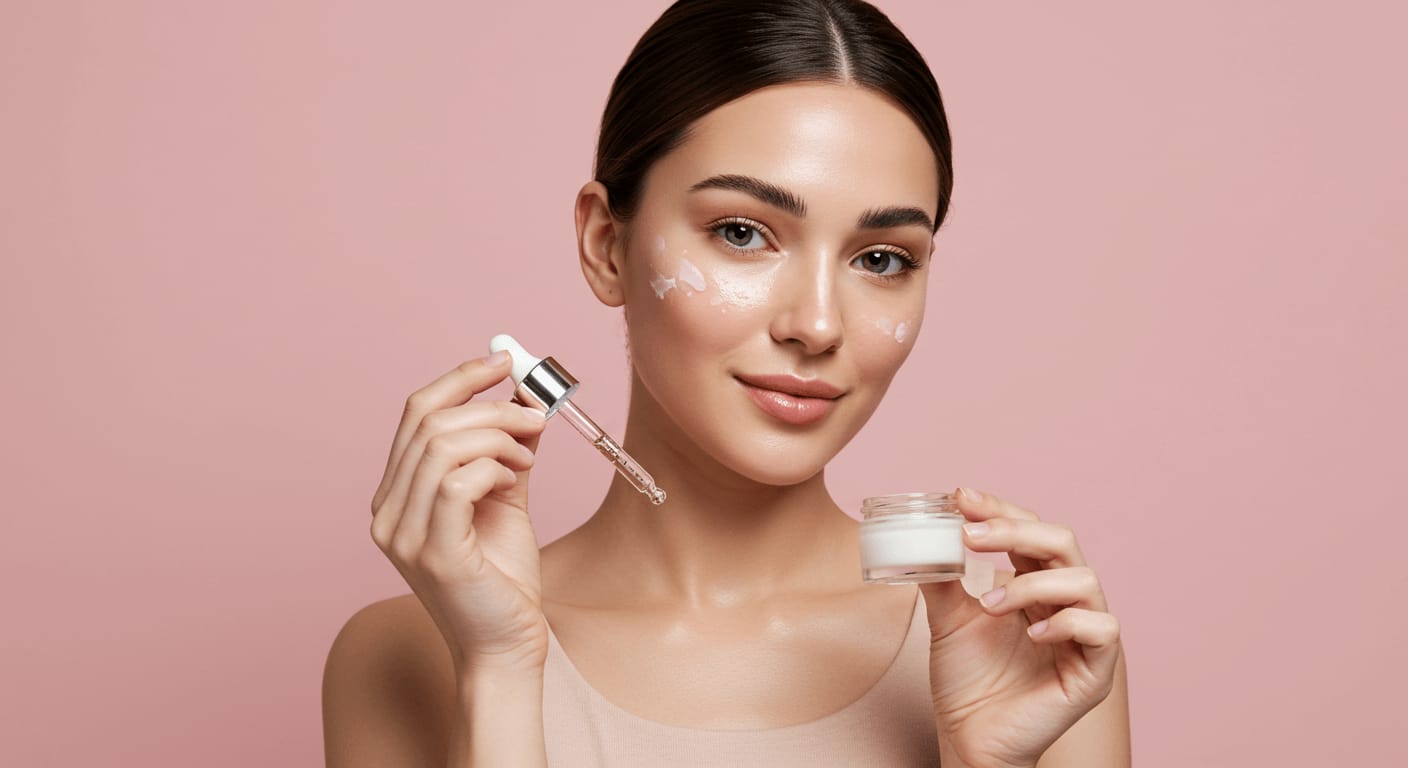

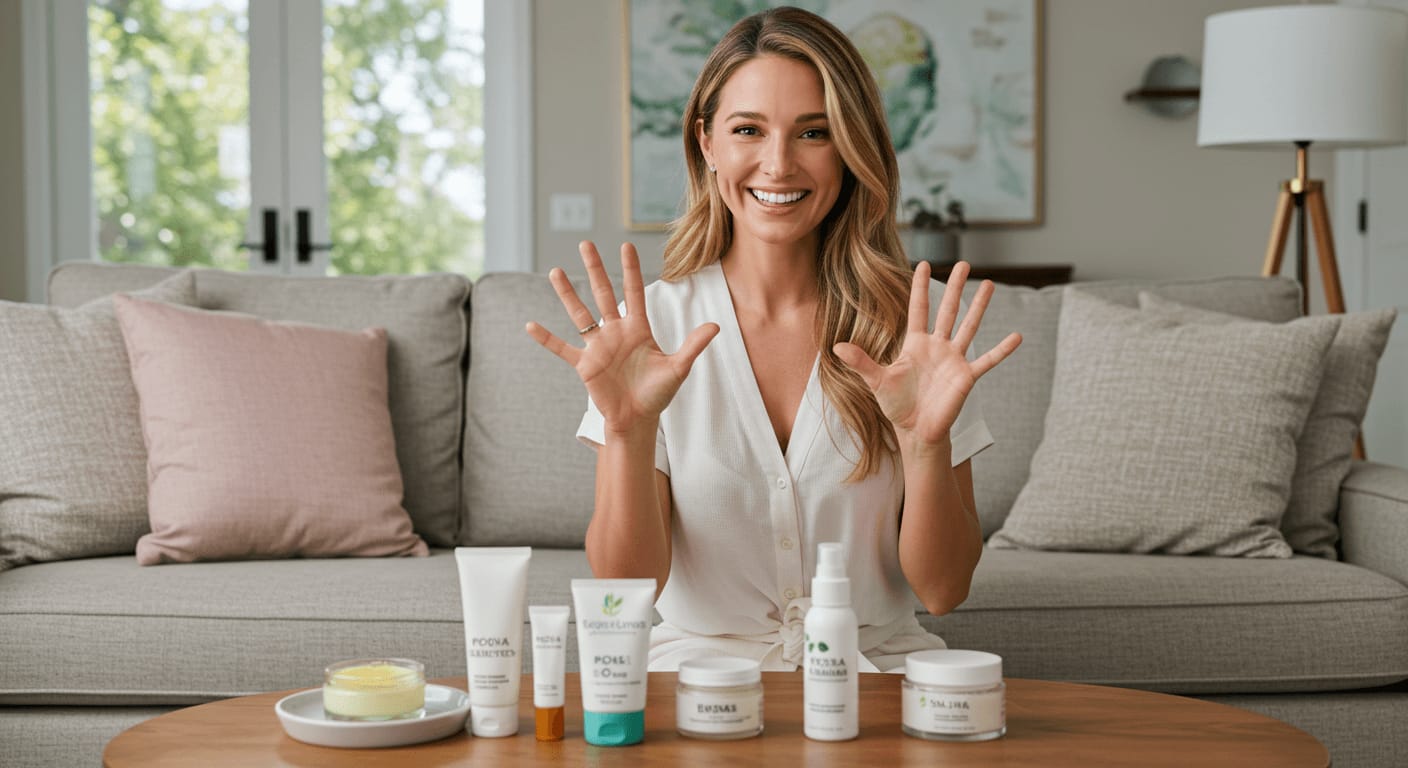

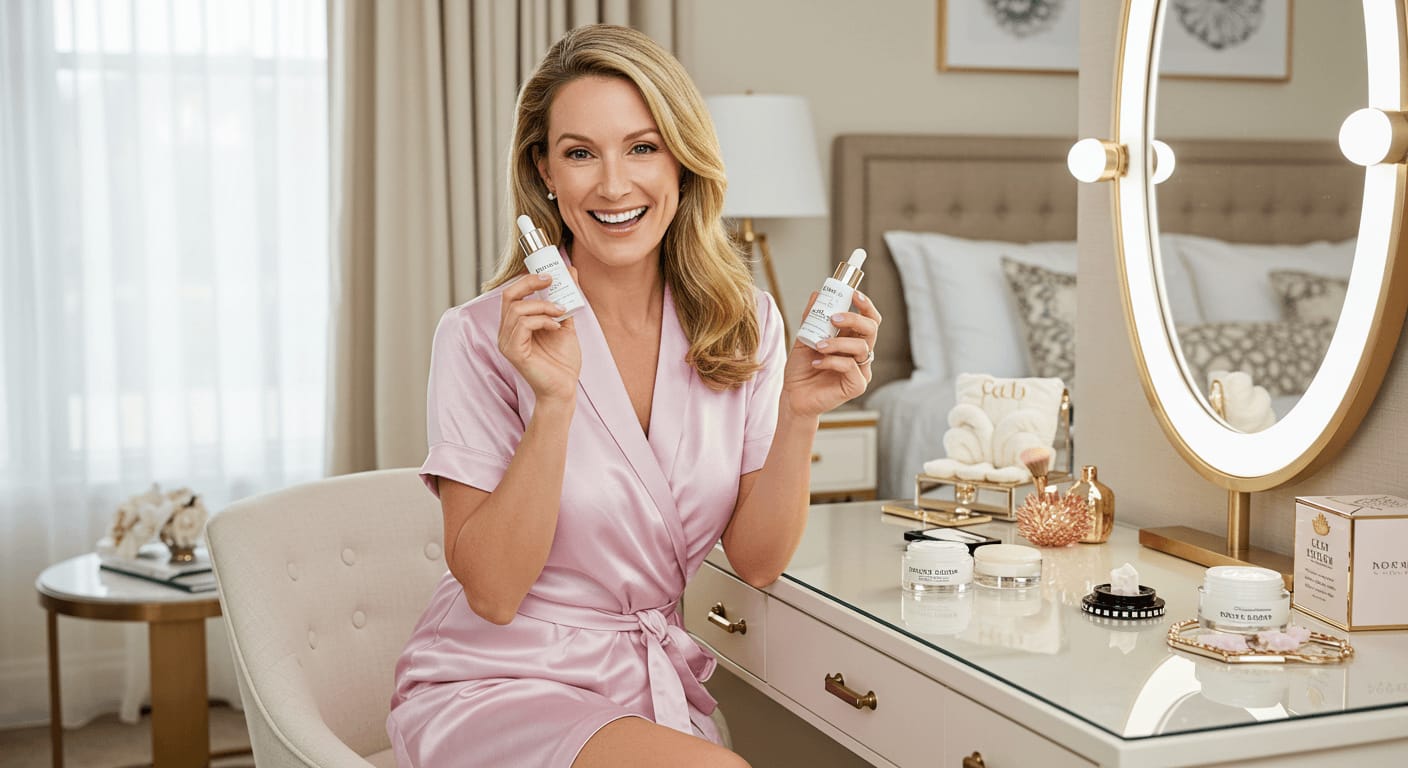



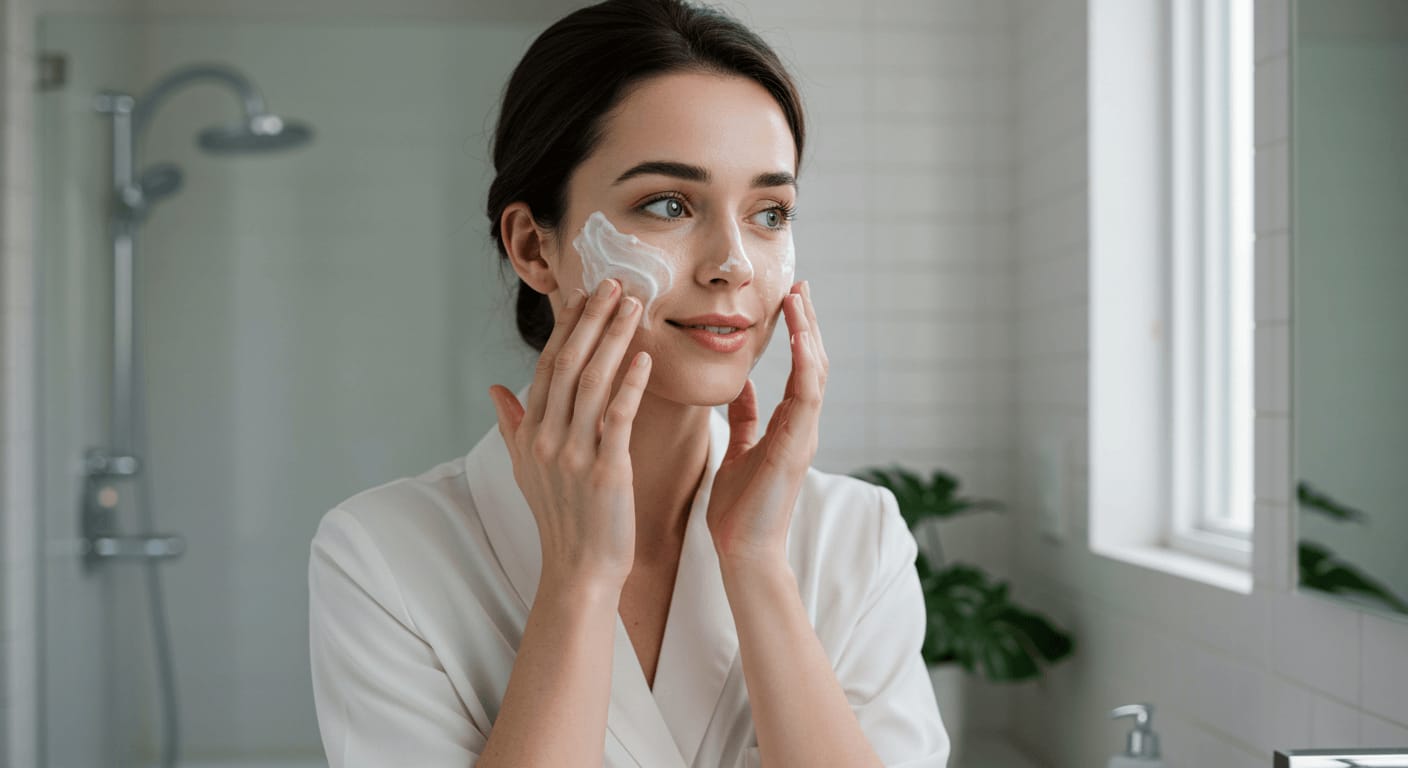








0 Comments